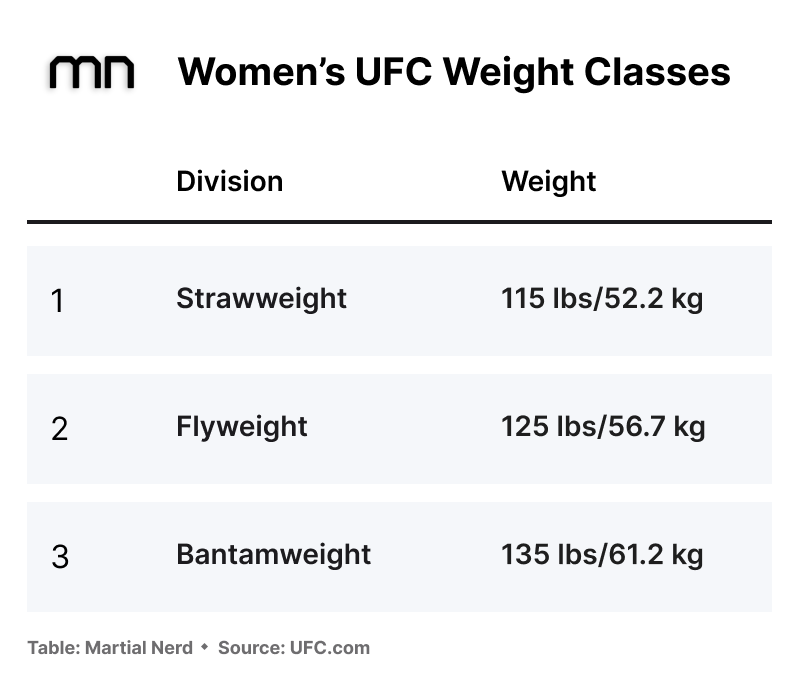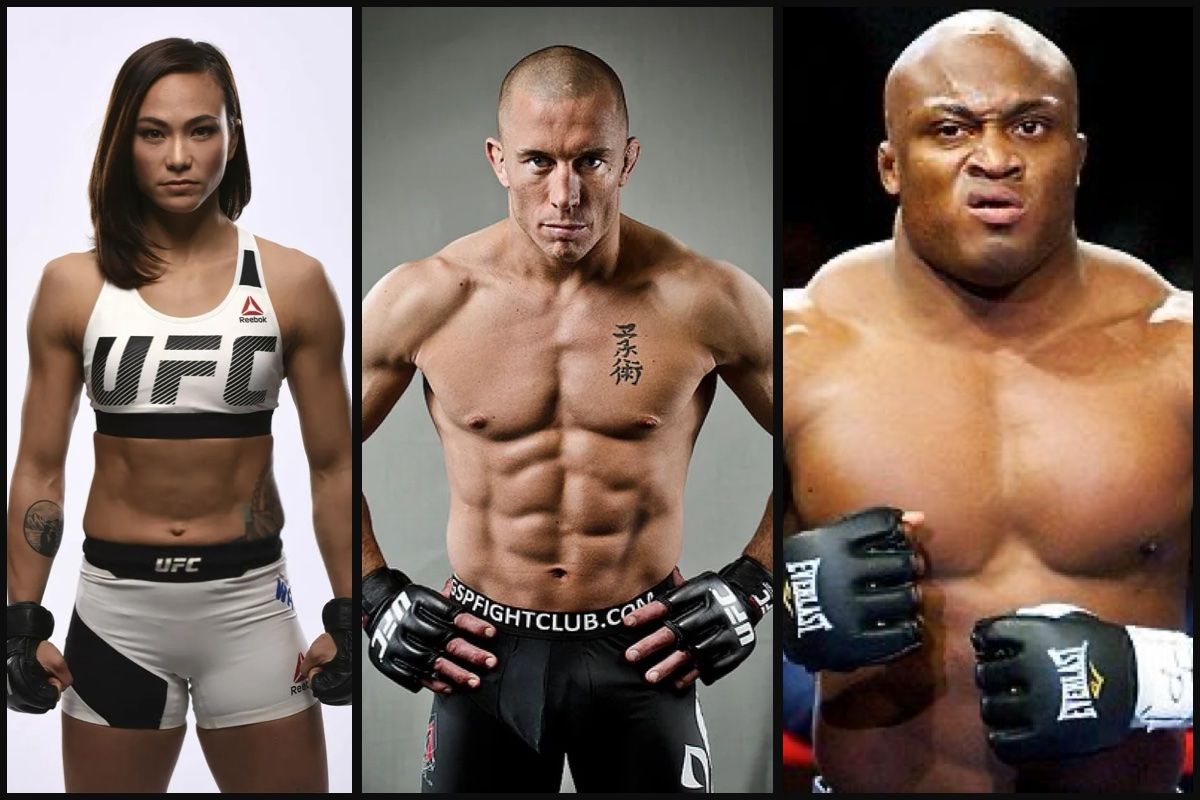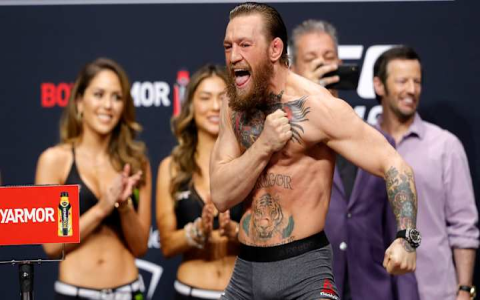Okay, so today I’m gonna talk about something I was digging into recently: women’s UFC weight divisions. It all started ’cause I was arguing with my buddy about who’s the toughest female fighter out there. We were just throwing names around, like “Shevchenko!” and “Nunes!” but then I realized I didn’t even fully understand how the weight classes worked.

First thing I did was hit up the official UFC website. Figured that’s gotta be the most legit source, right? I spent a good hour just clicking around, trying to find a clear, concise list. It was there, eventually, buried a bit, but I found it.
- Strawweight: Up to 115 lbs (52.2 kg)
- Flyweight: Up to 125 lbs (56.7 kg)
- Bantamweight: Up to 135 lbs (61.2 kg)
- Featherweight: Up to 145 lbs (65.8 kg)
I was like, “Alright, cool, got the basics.”
But then I started thinking, “Okay, but why these weights?” Like, who decided 115 pounds was the cutoff for strawweight? So I dove a little deeper. This part was tricky. I ended up reading through a bunch of forum threads and old MMA articles. A lot of it was just opinions, people arguing about whether a certain fighter should move up or down a division.
What I gathered was that the weight classes are partly based on practicality. You want divisions that have enough fighters to make for competitive matches. The UFC didn’t start with all these weight classes. They added them as the sport, and the number of female fighters, grew.
Then, I wanted to see how active each division actually was. Did the UFC have a lot of fights in each weight class? I went back to the UFC website and started scrolling through past events. I made a little spreadsheet, jotting down how many women’s fights there were at each weight during the last, say, six months. It was a bit tedious, but it gave me a clearer picture.

Turns out, strawweight and flyweight are pretty active, which makes sense ’cause those divisions are pretty stacked. Bantamweight and featherweight, though… they’re a bit thinner. Which is probably why you see some fighters moving between those classes.
The whole thing took me a good afternoon, but it was actually pretty interesting. Now I actually feel like I can have a halfway intelligent conversation about women’s MMA and not just sound like some clueless dude.
So yeah, that’s how I went from “Shevchenko’s awesome!” to having a (slightly) more nuanced understanding of women’s UFC weight divisions. Next time, maybe I’ll look into the history of how the divisions were created. But for now, I’m good.







